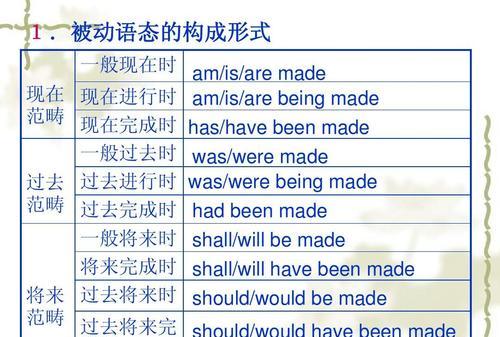过去将来时是对过去某个时间点或事件之前的未来预测或假设,主要使用“would”或“was/were going to”表示。"would"结构为:主语 + would + 动词原形,强调预测或假设。"was/were going to"结构为:主语 + was/were going to + 动词原形,强调已做好的安排。过去将来时主要用于表示过去的预测、打算、安排、意愿或请求,通常出现在间接引语中。

“would”结构
过去将来时最常用的结构就是使用“would”,其结构为:
主语 + would + 动词原形
例如:
- She said she would come to the party.
- He promised he would help me with my homework.
“was/were going to”结构
另一种表示过去将来时的结构是使用“was/were going to”,其结构为:
主语 + was/were going to + 动词原形
例如:
- I was going to visit my grandparents last weekend, but I got sick.
- They were going to buy a new car, but they changed their minds.
需要注意的是,“was/were going to”通常强调的是说话者在过去某个时间点已经做好了安排,而“would”则更多地强调了说话者的预测或假设。
用法
过去将来时主要用于以下情况:
-
表示过去某个时间点的预测或假设。例如:“I knew she would be a great singer someday.”
-
表示过去某个时间点的打算或安排。例如:“We were going to have a picnic, but it rained.”
-
表示过去某个时间点的意愿或请求。例如:“She hoped he would come to her birthday party.”
需要注意的是,过去将来时通常出现在间接引语中,即引用别人在过去所说过的话。例如:“He told me he would be late.”

